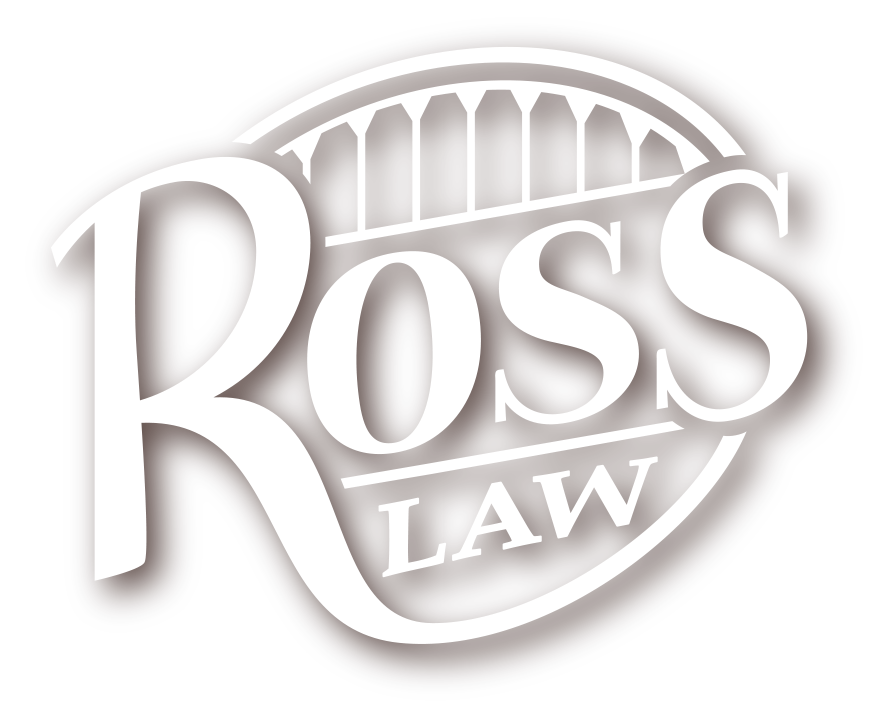Many collisions are caused by cars failing to see a cyclist riding on the sidewalk or in a crosswalk. Insurance companies will often deny a cyclist claim and the cyclist is left with paying their own medical bills and must replace their bicycle. Portland Injury Attorney Jeremiah Ross has assisted in obtaining compensation for injured cyclist. However, sometimes the cyclists’ speed on the sidewalk will make their case very difficult to win.
Contrary to popular belief, “a bicyclist on the sidewalk or in a crosswalk has the same rights and duties as a pedestrian on a sidewalk or in a crosswalk.” ORS 814.410 As a result, a cyclist can ride on the sidewalk in either direction. This is understandable considering many streets are congested and do not have a bicycle lane. Cyclist can easily be intimidated and forced to the sidewalk.
Insurance companies will often claim simply by riding on the sidewalk the cyclist was negligent. This is not true in most instances. However, some cities have banned cyclist from the sidewalk, but not many. For example, in Portland Oregon cyclists are prohibited from riding on the sidewalk in downtown.
The most common issue that arises when a cyclist is hit on the sidewalk is the cyclist’s speed just prior to the crash. A cyclist is riding in an unsafe manner if the cyclist, “operates the bicycle at a speed greater than an ordinary walk when approaching or entering a crosswalk, approaching or crossing a driveway or crossing a curb cut or pedestrian ramp and a motor vehicle is approaching the crosswalk, driveway, curb cut or pedestrian ramp. This paragraph does not require reduced speeds for bicycles a places on sidewalks or other pedestrian ways other than places where the path for pedestrians or bicycle traffic approaches or crosses that for motor vehicle traffic. ORS 814.410
To date, there is not any Oregon authority on what an “Ordinary Walk” is. However, in Jones v. Nolan, 197 Wis. 311, 222 N.W. 229, 230 (1928), the Supreme Court of Wisconsin, described a “speed of four to five miles an hour” as “constitut[ing] a speed not much faster than the ordinary
walk of a pedestrian. In McGowan v. Wells, 324 Mo. 652, 666, 24 SW 2d 633, 639 (1929), the
Supreme Court of Missouri stated it “can take judicial notice of the fact that the ordinary walking speed of the average man is 2 to 3 miles per hour, more nearly the latter.” Id. at 666. Similarly, in Cohen v. Weinstein, 231 Ill. App. 84, 93 (1923), an appellate court of Illinois, assumed that “an ordinary walk” meant the “at the rate of 2 1/2 miles an hour.” Finally, in DeMuth v. Curtiss, 188 Va. 249, 253, 49 SE 2d 250 (1948), the Virginia Supreme Court of Appeals described an “ordinary fast walk, [as] about four miles per hour.” According to these rulings an ordinary walking pace would be approximately 2 to 5 miles per hour.
This becomes important when the cyclist is being interviewed by a police officer, insurance company, or witness. If the cyclist says they were going faster than five miles per hour they will have a difficult time proving their case against the driver of the car. Additionally, if the cyclist says they were going faster than a walking pace, this will pose a significant challenge for the cyclist to overcome in order to receive compensation for their injury. If you were a cyclist riding on the sidewalk and you were injured by a vehicle remember:
- It is perfectly legal to ride on the
sidewalk in most cities in Oregon. - It is perfectly legal to ride in
either direction on the sidewalk in Oregon, however it is not recommended
in the Oregon DMV handbook. - The law requires a cyclist to slow to
an ordinary walking pace when crossing a driveway or crossing a curb or pedestrian ramp and a motor vehicle is approaching. - Some courts have determined an ordinary walking pace to be between 2 and 5 miles per hour. However, to date, Oregon courts are silent on that issue.
- If you give a statement stating you were riding at a speed greater than five miles per hour it may be difficult to receive compensation for your injuries.
- If you give a statement you were riding faster than a walking pace (i.e. jogging pace or running pace.) it may be difficult to receive compensation for your injuries.
- Without a speedometer it is difficult to judge your actual speed while riding a bicycle. People walk at different paces, so it is difficult to tell if you were riding at an ordinary walking pace. Also, it is difficult to determine the exact speed in miles per hour. As a result, if asked how fast you were going, do not guess. If you do not know your actual speed the truthful response is, “I don’t know.”
- Health Insurance or Oregon Auto Insurance, with mandatory Personal Injury Protection benefits, should pay your medical bills irregardless of fault.
If you were a cyclist injured by a car while riding on the sidewalk, call Portland Oregon Injury Attorney Jeremiah Ross at 503.224.1658 for your free personal injury consultation. Jeremiah Ross is happy to discuss the merits of your case, your injuries, medical treatment an billing issues with you. Please remember this post does not create an Attorney Client relationship and is for informational purposes only. Also, the law is constantly changing please contact an Oregon Personal Injury Attorney, such as Jeremiah Ross, to discuss the current law and how it relates to your case.
